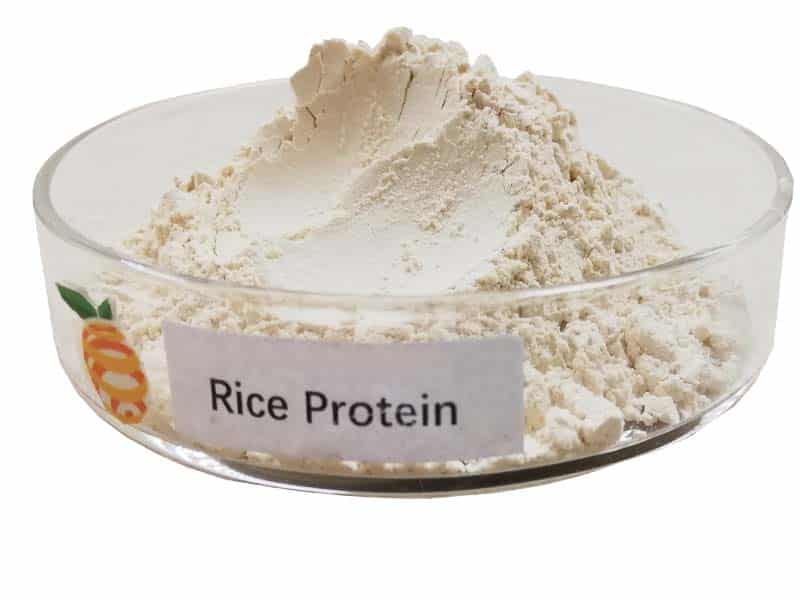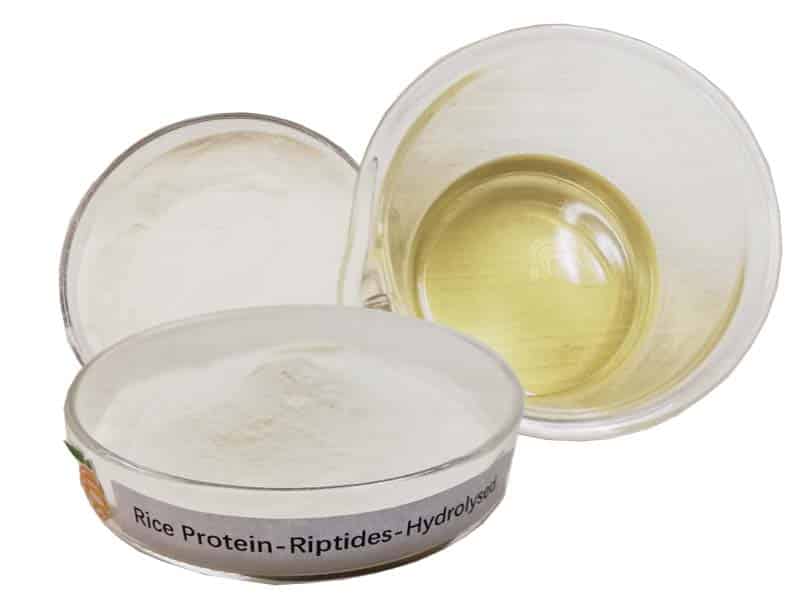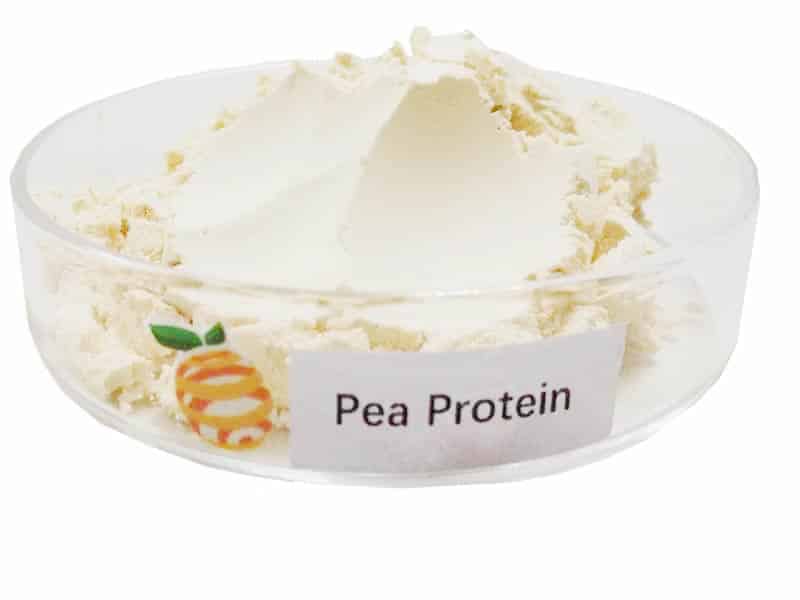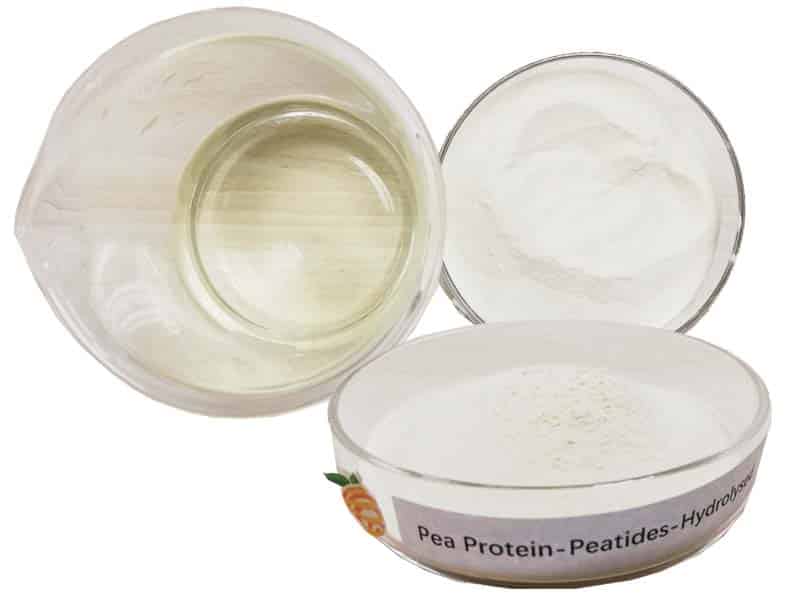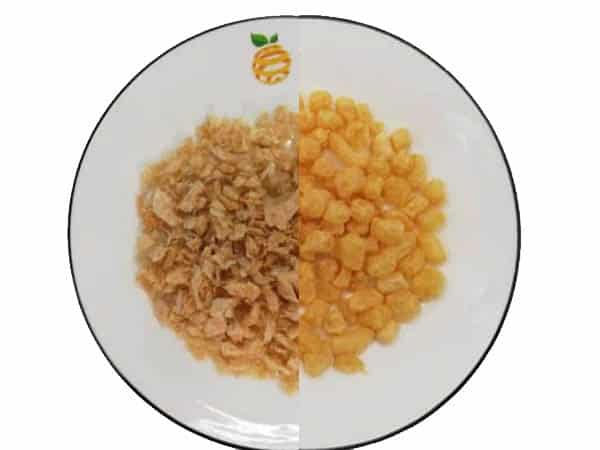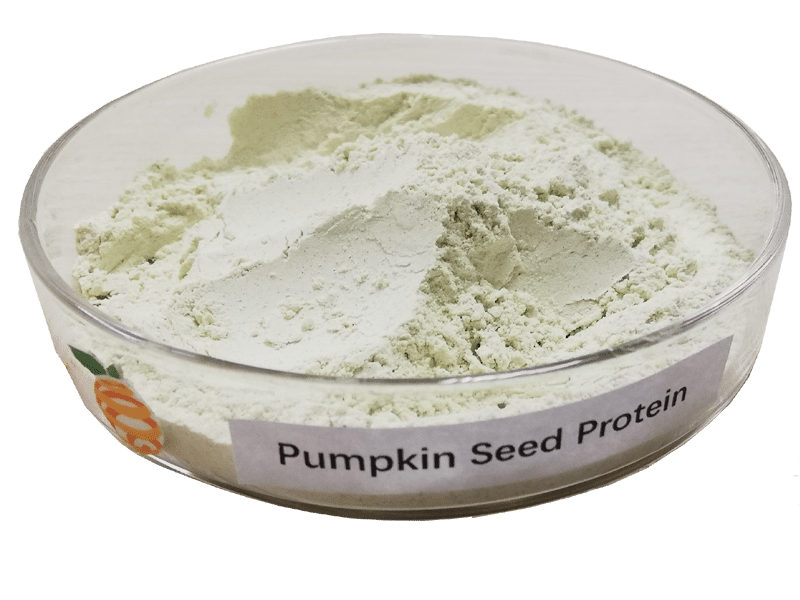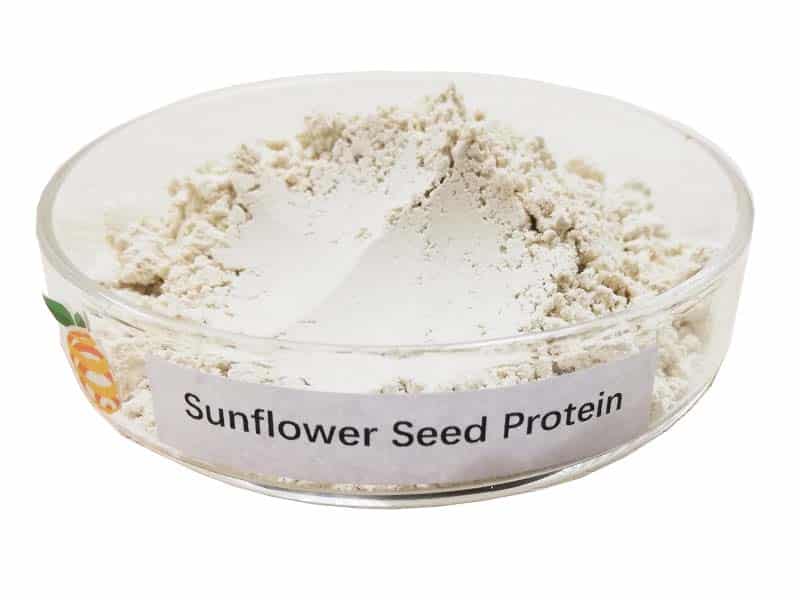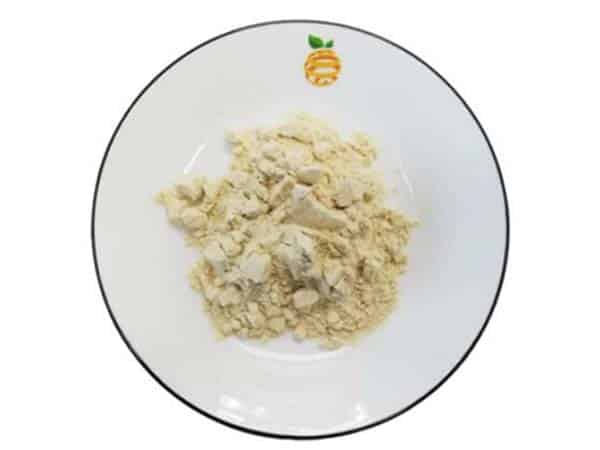How Glucoraphanin Converts To Sulforaphane Naturally
-
Table of Contents
- How Glucoraphanin Converts to Sulforaphane Naturally
- The Basics of Glucoraphanin and Sulforaphane
- Understanding the Conversion Process
- Role of Myrosinase
- Impact of Plant Preparation
- Factors Affecting Sulforaphane Production
- Health Benefits of Sulforaphane
- Optimizing Sulforaphane in Your Diet
- Conclusion
- Explore ETprotein’s High-Quality Protein Products
How Glucoraphanin Converts to Sulforaphane Naturally
Understanding the natural conversion of glucoraphanin to sulforaphane is crucial for appreciating the health benefits associated with cruciferous vegetables like broccoli, Brussels sprouts, and kale. This article delves into the biochemical processes involved, the health implications of sulforaphane, and how you can optimize its levels in your diet.
The Basics of Glucoraphanin and Sulforaphane
Glucoraphanin is a glucosinolate found in high concentrations in cruciferous vegetables. It is a stable precursor that converts into the biologically active compound sulforaphane when the plant is damaged (e.g., chopped or chewed). This conversion is facilitated by the enzyme myrosinase. Sulforaphane is studied extensively for its antioxidant, anti-inflammatory, and potentially anti-cancer properties.
Understanding the Conversion Process
The conversion of glucoraphanin to sulforaphane is a natural defense mechanism in plants. When the plant tissue is damaged, glucoraphanin comes into contact with myrosinase, triggering a chemical reaction that produces sulforaphane. This process can be influenced by various factors which can either enhance or inhibit the production of sulforaphane.
Role of Myrosinase
Myrosinase is the key enzyme responsible for transforming glucoraphanin into sulforaphane. It is typically inactive within the intact plant cell but becomes active once the cell structure is compromised.
Impact of Plant Preparation
- Chopping or Blending: These actions break down plant cells, facilitating the contact between glucoraphanin and myrosinase.
- Cooking: While cooking can deactivate myrosinase, it can also make glucoraphanin more available by softening plant cell walls. To retain myrosinase activity, it is recommended to cook cruciferous vegetables lightly (e.g., steaming briefly).
Factors Affecting Sulforaphane Production
Several factors can influence the efficiency of sulforaphane production from glucoraphanin:
- Plant Variety: Different varieties of broccoli and other cruciferous vegetables contain varying amounts of glucoraphanin.
- Soil and Growing Conditions: Soil quality, climate, and other environmental factors can affect glucoraphanin levels in plants.
- Storage and Handling: Post-harvest handling and storage conditions can impact the levels of glucoraphanin and the activity of myrosinase.
Health Benefits of Sulforaphane
Sulforaphane is celebrated for its potent health benefits, which include:
- Antioxidant Properties: Sulforaphane is a powerful antioxidant that helps combat oxidative stress in the body.
- Anti-inflammatory Effects: It has been shown to reduce inflammation, a root cause of many chronic diseases.
- Potential Anti-cancer Effects: Research suggests that sulforaphane can inhibit the growth of cancer cells and induce apoptosis (cell death) in various types of cancer.
- Neuroprotective Effects: There is emerging evidence that sulforaphane may offer protection against neurodegenerative diseases.
Optimizing Sulforaphane in Your Diet
To maximize the sulforaphane content from your diet, consider the following tips:
- Incorporate Raw Cruciferous Vegetables: Eating these vegetables raw ensures that myrosinase is active and able to convert glucoraphanin to sulforaphane.
- Pair with Myrosinase-rich Foods: Adding foods high in myrosinase, such as mustard powder, to cooked cruciferous vegetables can help enhance sulforaphane production.
- Choose Young Sprouts: Broccoli sprouts are particularly high in glucoraphanin and can be a potent source of sulforaphane.
Conclusion
The natural conversion of glucoraphanin to sulforaphane is a fascinating process with significant health implications. By understanding how this conversion occurs and the factors that can enhance or inhibit sulforaphane production, individuals can better harness the health benefits of cruciferous vegetables. Incorporating these strategies into your diet can help maximize your intake of sulforaphane, contributing to overall health and well-being.
Explore ETprotein’s High-Quality Protein Products
If you’re looking to enhance your health regimen, consider exploring ETprotein’s range of high-quality protein products. Their extensive selection of organic and allergen-free proteins can be a valuable addition to your diet, supporting your health and wellness goals.
ETprotein is Glucoraphanin Factory Manufacturer and Supplier in China, Check further information by visiting the Glucoraphanin Product Page
Request Quotation and Samples of Glucoraphanin from ETprotein
About ETprotein
ETprotein, a reputable protein and elite nutrition ingredients Glucoraphanin Chinese factory manufacturer and supplier, is renowned for producing, stocking, exporting, and delivering the highest quality organic bulk vegan proteins and elite nutritional ingredients Glucoraphanin. They include Organic rice protein, clear rice protein, pea protein, clear pea protein, watermelon seed protein, pumpkin seed protein, sunflower seed protein, mung bean protein, peanut protein. Their offerings, characterized by a neutral taste, non-GMO, allergen-free attributes, cater to a diverse range of industries. They serve nutraceutical, pharmaceutical, cosmeceutical, veterinary, as well as food and beverage finished product distributors, traders, and manufacturers across Europe, USA, Canada, Australia, Thailand, Japan, Korea, Brazil, and Chile, among others.
ETprotein specialization includes exporting and delivering tailor-made protein powder and finished nutritional supplements. Their extensive product range covers sectors like Food and Beverage, Sports Nutrition, Weight Management, Dietary Supplements, Health and Wellness Products, and Infant Formula, ensuring comprehensive solutions to meet all your protein needs.
As a trusted company by leading global food and beverage brands and Fortune 500 companies, ETprotein reinforces China’s reputation in the global arena. For more information or to sample their products, please contact them and email sales(at)ETprotein.com today.

